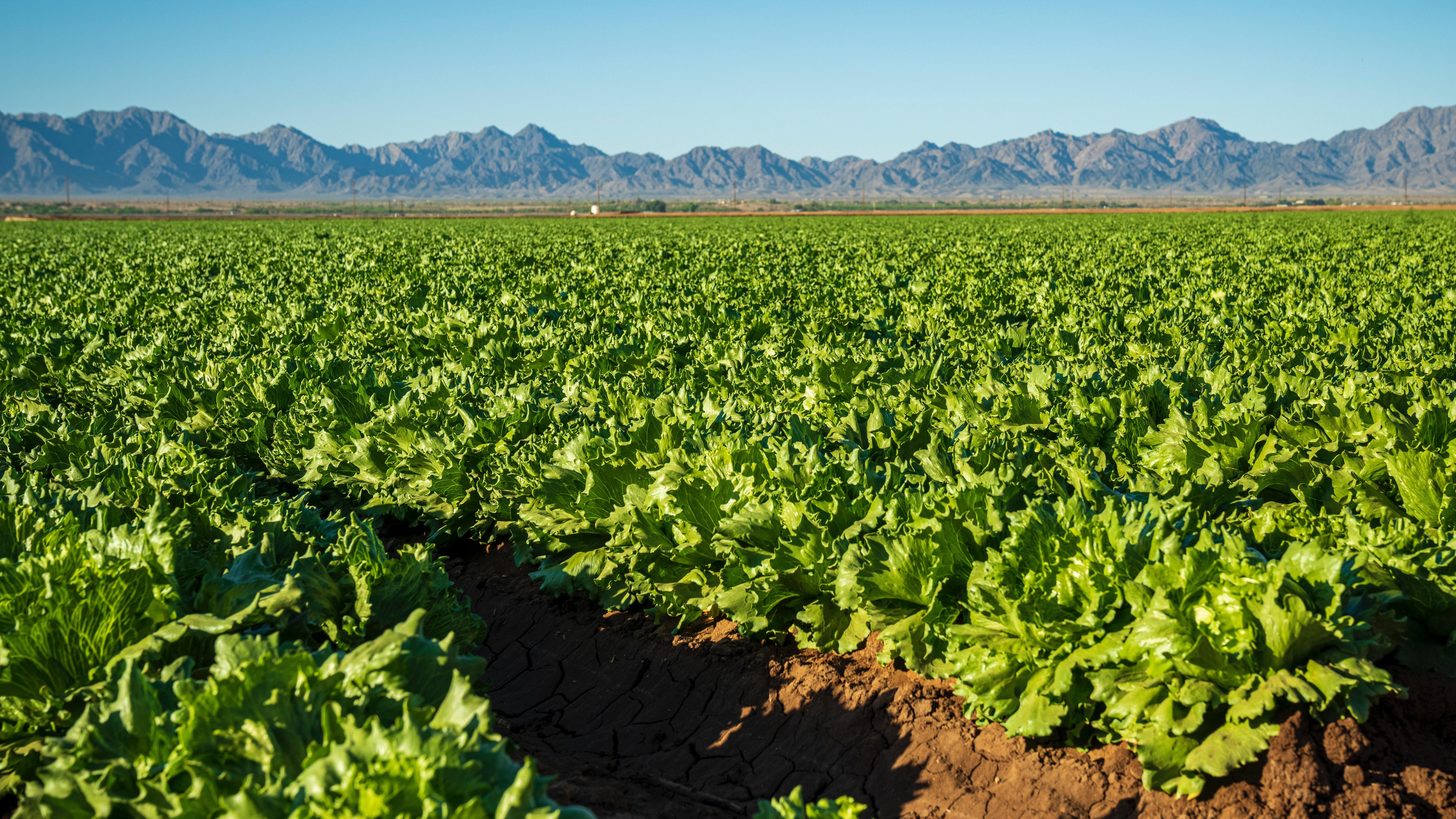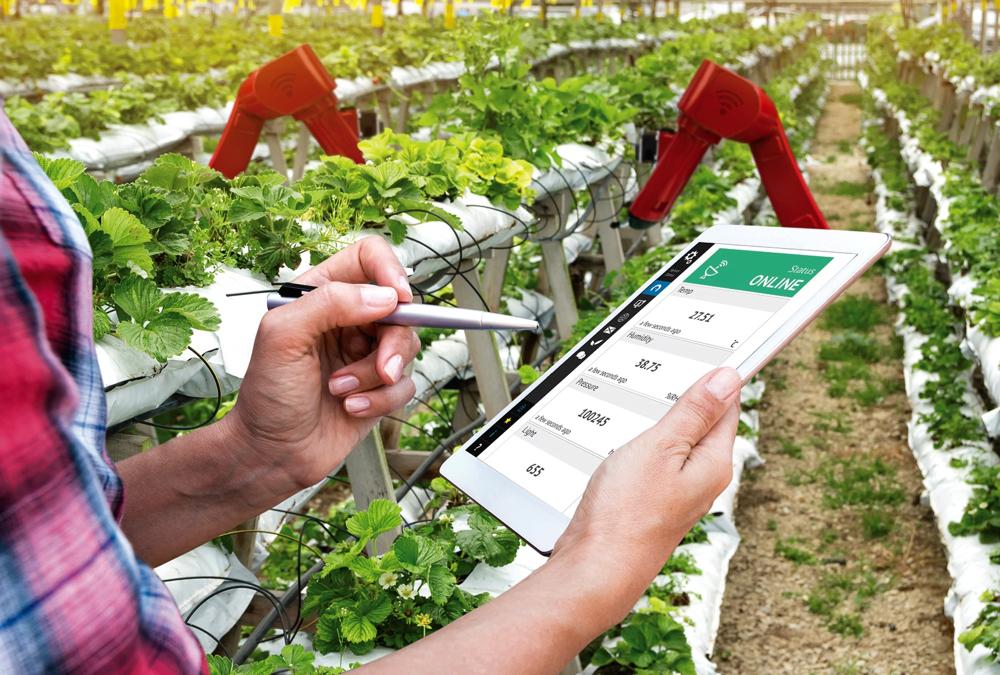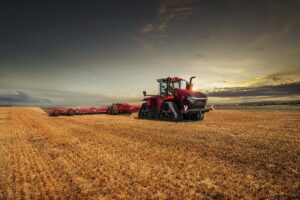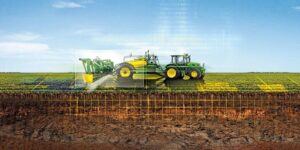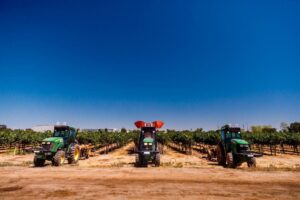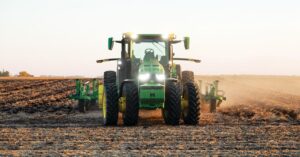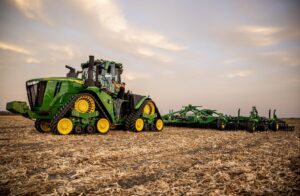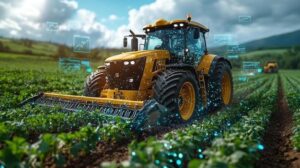The integration of automation technologies in agriculture continues to expand, even as sales figures remain below industry expectations. While conventional farming equipment sales have experienced a downturn, investments in automated solutions such as autonomous tractors, precision farming systems, and robotic harvesters are steadily rising. This trend reflects a complex dynamic between technological advancement and market adoption in the agricultural sector, where long-term modernization efforts persist despite current economic challenges. The landscape of modern farming continues to evolve as automation technologies advance, despite facing important market challenges. Recent data indicates that while adoption rates for agricultural automation systems have increased by 27% since 2021, actual sales figures remain below industry projections.farmers across multiple regions are implementing autonomous solutions for tasks such as seeding, irrigation, and harvest monitoring. These systems,utilizing artificial intelligence and machine learning algorithms,operate with minimal human intervention. GPS-guided tractors and drones equipped with advanced sensors now patrol fields, collecting vital data about crop health and soil conditions.
Investment in agricultural automation reached $8.7 billion globally in 2023, representing a modest 5% increase from the previous year. This growth persists even as manufacturing costs remain high and supply chain disruptions continue to affect availability. Small and medium-sized farms, in particular, are exploring creative financing options to access these technologies.
The contradiction between increasing implementation and slower sales stems from several factors. Many farmers are opting to retrofit existing equipment with automated systems rather than purchasing entirely new machinery. This approach allows for gradual automation while managing costs effectively. Additionally, agricultural cooperatives are emerging as significant players, sharing automated equipment among multiple farms to distribute expenses.
Labor shortages in rural areas have become a primary driver for automation adoption. farms facing difficulties in recruiting and retaining workers are turning to robotic solutions for routine tasks.Automated milking systems,for instance,have seen a 35% increase in installation rates,despite their high initial cost.
climate change concerns are also influencing automation trends. Precision agriculture technologies, wich optimize resource usage and reduce waste, are gaining traction. smart irrigation systems that respond to real-time soil moisture data have become particularly popular, showing a 42% adoption rate among new installations.
Research institutions and agricultural technology companies continue developing more affordable solutions. current projects focus on modular systems that allow farmers to automate specific operations incrementally. This approach has resulted in a 15% reduction in implementation costs compared to full-system replacements.
Experts predict that while sales figures might remain conservative, the practical request of automation will continue expanding. Farmers are increasingly viewing automation as a long-term investment in sustainability and operational efficiency rather than a quick fix for immediate challenges.
The sector is witnessing innovative financing models, including equipment-as-a-service options, which make automation more accessible to smaller operations. These alternatives have contributed to a 23% increase in automation adoption among farms with less than 500 acres, despite lower direct sales numbers.International agricultural markets are showing similar patterns, with countries in Asia and South america leading in the adoption of cost-effective automated solutions.This global trend suggests a basic shift in farming practices, even as traditional sales metrics indicate cautious market conditions.